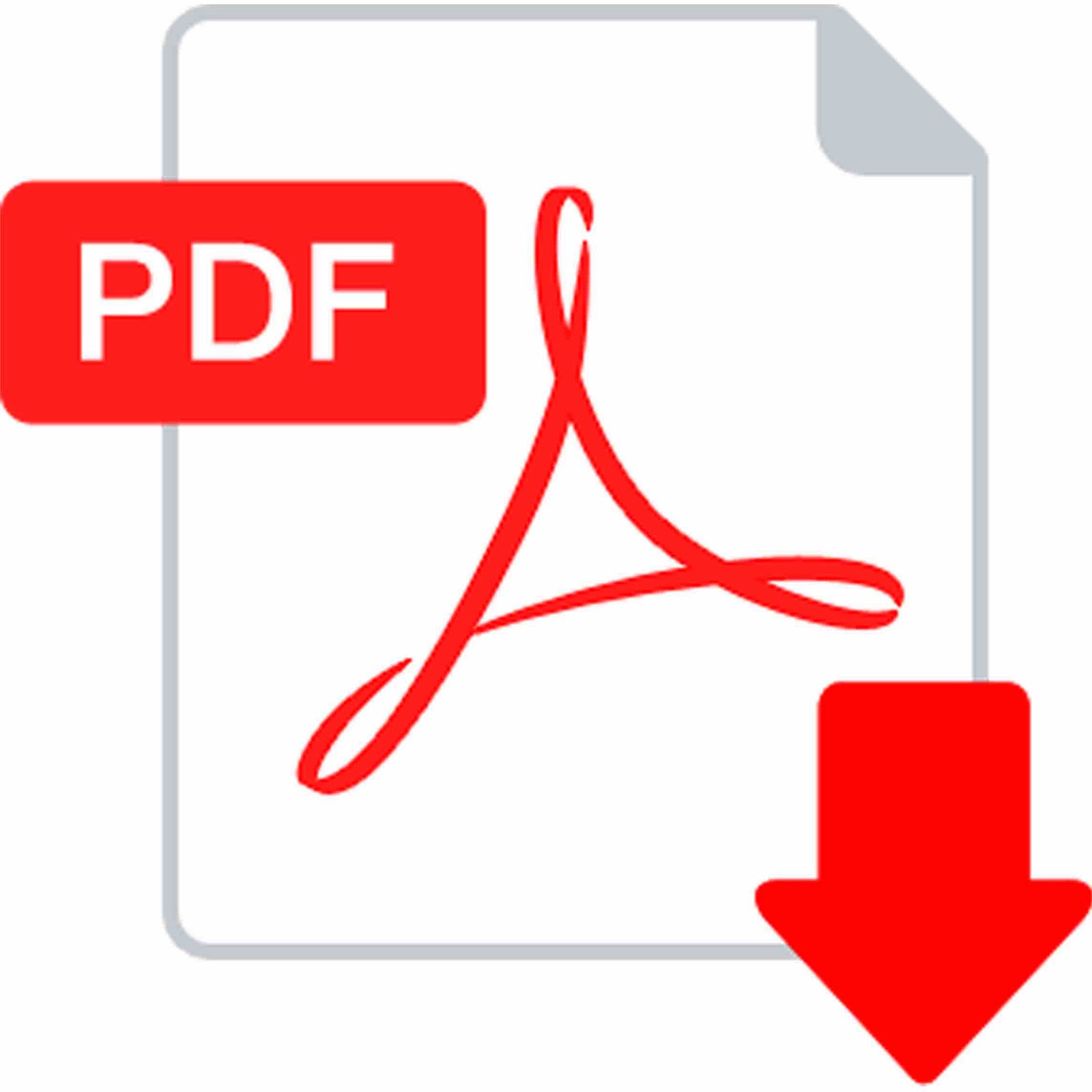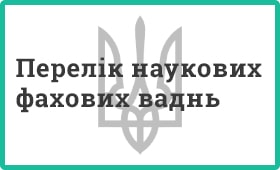| JEL Classification: F10, F13. | DOI: https://doi.org/10.31521/modecon.V48(2024)-06 |
Ishchuk Yuliia, PhD, Associate Professor, Associate Professor of the Department of International Economic Relations, Vasul’ Stus Donetsk National University, Vinnytsia, Ukraine
ORCID ID: 0000-0002-4187-7816
e-mail: yu.ishuk@donnu.edu.ua
Ohorodnyk Yelyzaveta, applicant higher education, Vasul’ Stus Donetsk National University, Vinnytsia, Ukraine
ORCID ID: 0009-0009-8653-3126
e-mail: ohorodnyk_i@donnu.edu.ua
The Mechanism of the Tariff System in Ukraine: Impact on Foreign Economic Activity
Abstract. Introduction. The customs tariff system has a direct impact on the development of international trade, economic stability of the country and its integration into the world economy. In Ukraine, customs tariffs perform not only a fiscal function, but also serve as a regulatory mechanism that protects the domestic market, stimulates exports and regulates imports of goods. However, at the current stage of development of the Ukrainian economy there is a need for a more detailed study of the effectiveness of customs tariff policy, its impact on foreign economic activity and compliance with international standards. Despite numerous legislative changes and adaptation to international standards, there are still many uncertainties regarding the mechanisms of influence of customs tariffs on the economic dynamics of the country. In addition, changes in international trade, as well as Ukraine’s integration into the European Union, require a reallocation of customs policy priorities to ensure sustainable economic growth.
Purpose. The purpose of the research is to study the mechanism of the tariff system in Ukraine and to analyze its impact on the foreign economic activity of the country through the prism of customs and tariff policy.
Results. The customs tariff in Ukraine performs important fiscal, regulatory and protective functions, affecting budget revenues, the development of domestic production and foreign trade. The system remained functional under martial law, but budget revenues in 2022 decreased by 32.7% due to a decline in GDP, changes in logistics and the provision of benefits, for example, for the import of energy equipment. The structure of exports shows an increase in Ukraine’s agricultural specialization, while the share of metallurgical products has decreased significantly due to the hostilities. The free trade zone with the EU has contributed to the harmonization of customs legislation and Ukraine’s integration into the world economy, stimulating economic modernization and increased imports of high-tech goods.
Conclusion. Ukraine’s customs and tariff system is an important tool for regulating foreign economic activity, which affects both the protection of the domestic market and the country’s integration into international trade relations. Optimization of customs policy through harmonization with international standards, reduction of barriers to trade in strategic goods, and introduction of digital technologies in customs procedures will help increase the competitiveness of Ukrainian economy and ensure sustainable development of the foreign trade sector.
Keywords: customs tariff; foreign economic activity; Customs Code of Ukraine; foreign trade; international agreements.
References:
- Verkhovna Rada of Ukraine. (2023). About the Customs Tariff of Ukraine. № 4495-VI. https://zakon.rada.gov.ua/laws/show/2697-20#Text.
- Verkhovna Rada of Ukraine. (2024). The Customs Code of Ukraine. № 4495-VI. https://zakon.rada.gov.ua/laws/show/4495-17#Text.
- Verkhovna Rada of Ukraine. (2023). The Association Agreement between Ukraine, on the one hand, and the European Union, the European Atomic Energy Community and their Member States, on the other hand. № 984_011. https://zakon.rada.gov.ua/laws/show/984_011#Text.
- Verkhovna Rada of Ukraine. (1994). General Agreement on Tariffs and Trade (GATT). №995_264. https://zakon.rada.gov.ua/laws/show/995_264#Text.
- State Customs Service of Ukraine. (2024, April 6). Regarding the results of the State Customs Service’s efforts to ensure customs revenues to the state budget. https://customs.gov.ua/news/zagalne-20/post/shchodo-rezultativ-roboti-derzhmitsluzhbi-u-napriamku-zabezpechennia-nadkhodzhen-mitnikh-platezhiv-do-derzhavnogo-biudzhetu-1125.
- National Bank of Ukraine (2024, September 30). Foreign trade in goods (in accordance with BPM6). https://bank.gov.ua/files/ES/Trade_y.pdf.
- Communications team of the Office of the Vice Prime Minister for European and Euro-Atlantic Integration. (2024, December 14). The Association Agreement between Ukraine and the EU. https://eu-ua.kmu.gov.ua/agreement/overview/
- State Statistics Service of Ukraine. (2023). Government finance, taxation and the public sector. https://ukrstat.gov.ua.
- State Customs Service of Ukraine. (2024). The work of the Customs. https://customs.gov.ua.
- Ministry of Economy of Ukraine. (2024). Ukraine as an EU candidate country. https://me.gov.ua/Tags/DocumentsByTag?lang=uk-UA&id=10ca8da3-169d-419b-a6f2-d42635f92b8b&tag=SpivrobitnitstvoMizhUkrainoiuTaYevropeiskimSoiuzom.
- State Statistics Service of Ukraine. (2024, September). Indicators of physical output, average prices and terms of trade in Ukraine’s foreign trade in goods. https://ukrstat.gov.ua.
Received: 05 December 2024

|
How to quote this article? |
| Ishchuk Y., Ohorodnyk Y. (2024). The Mechanism of the Tariff System in Ukraine: Impact on Foreign Economic Activity. Modern Economics, 48(2024), 47-55. DOI: https://doi.org/10.31521/modecon.V48(2024)-06. |










 Українська
Українська